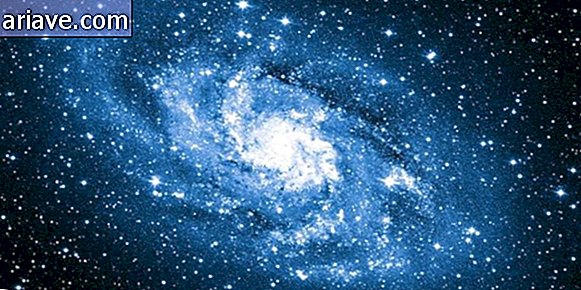Astronomers identify new type of variable stars
According to SPACE.com, a group of astronomers has identified a new type of variable star, which has a luminosity range of less than 100 years, just 7, 000 light years from Earth. The discovery was made by a team of Swiss scientists working at the La Silla Observatory, located in Chile, and the stars identified have a higher luminous variability than considered normal.
The Sun, for example, is a variable star, with a luminous variation of 0.1% over an 11-year cycle, which means that the variation is extremely low. The discovered stars now, observed in a cluster known as NGC 3766, have a variable luminosity similar to that of the sun, but in a much shorter cycle consisting of a period of between 2 and 20 hours.
Critical speed
According to the astronomers responsible for the discovery, this new type of star is considered a challenge for astrophysicists because, according to current theoretical models, the luminosity of these stars should not even vary in any way. So the focus now is to better understand the behavior of these strange celestial bodies.
One hypothesis is that the luminous variation of these stars is due to their internal properties. Another theory is that these stars are disintegrating due to the high speed with which they rotate. As the scientists explained, as they watched the cluster, they found that these stars rotate more than 50 percent above their critical individual speeds, which would be the point at which they begin to break gradually.











